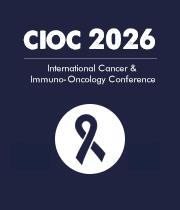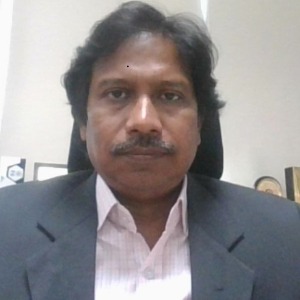Title : Clinical interpretation of whole genome sequencing to assess radiation treatment effects
Abstract:
Introduction and Objective: Radiation therapy is a cornerstone of cancer treatment, yet its efficacy is often limited by inherent or acquired tumour radio resistance and the potential for long-term adverse effects. Understanding the genomic alterations induced by radiation and their impact on tumour evolution is crucial for optimizing therapeutic strategies and predicting patient outcomes. These abstract outlines a framework for the clinical interpretation of whole genomic sequencing (WGS) data obtained from tumours post-radiation treatment, with the primary objective of elucidating the effects of radiation on the tumour genome.
Materials and Methods: WGS offers an unparalleled resolution to identify diverse genomic changes, including single nucleotide variants (SNVs), small insertions/deletions (indels), copy number variations (CNVs), and structural variants (SVs), as well as their spatial and temporal distribution within the tumour. Post- radiation WGS analysis will focus on identifying radiation-induced mutational signatures, which are distinct patterns of DNA damage and repair errors characteristic of ionizing radiation exposure.
Results and Discussions: Furthermore, we will assess changes in driver gene mutations, pathways associated with DNA damage response and repair (DDR), immune evasion, and cell cycle regulation. Comparative analysis of pre- and post-treatment WGS data, where available, will enable the tracking of clonal evolution, selection of resistant subclones, and the emergence of novel therapeutic targets. The integration of WGS findings with clinical parameters, pathological responses, and radiological imaging will facilitate a comprehensive understanding of treatment response and inform personalized therapeutic interventions.
Conclusion: Ultimately, this approach aims to identify genomic biomarkers predictive of radiation sensitivity or resistance, guide the rational selection of targeted therapies or immunotherapies in combination with radiation, and monitor the long-term genomic landscape of irradiated tumours to improve patient management and outcomes.



